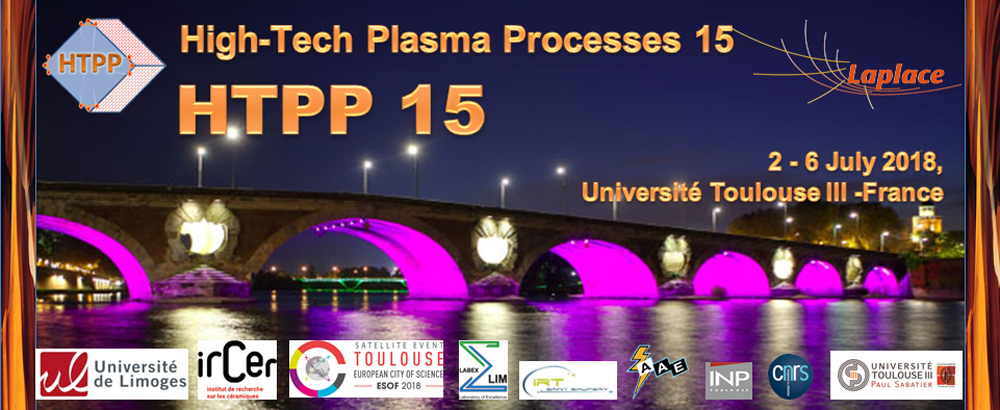Abstract: The Gas Metal Arc Welding (GMAW) in presence of Argon and CO2 or O2 mixture as shielding gas is a largely developed process allowing the transfer of the liquid metal from the consumable wire electrode to the workpiece according to various modes (short-arc, globular, spray-arc). The presence of oxidants in the shielding gas leads to the formation of an oxide layer, or gangue [1, 2, 3, 4], wrapping the droplet, limiting the access to the spray-mode transfer (commonly used in industry), taking into account the conductivity and the viscosity of this layer.
Thus, the distribution of the operating transfer modes (globular or spray) and the transition limits according to the working parameters, are different depending on whether CO2 or O2 are added in shielding gas: in equal proportion. While the gangue formed in the globular regime with Ar-O2 mixtures is up to 20 times thicker than in Ar-CO2 mixtures, it is nevertheless easier to obtain the spray mode with oxygen-containing gas. Finally, the fast cinematography analyzes using an adapted interference filter [3], maked possible to study the column of arc, and to show that the range of spray mode was more extended in a mixture containing O2 than CO2.
In an attempt to understand these behaviors, we performed an optical emission spectroscopy diagnosis of the plasma column for different gas mixtures: pure argon, or mixed with a few percent of active gas (O2 or CO2) in order to analyze the spray mode. The temperature and electron density distributions, but also the proportion of Fe I in the arc column, were deduced from complementary methods: Sola method without hypothesis on the local thermodynamic equilibrium of the plasma [5], and by the classical method of the Boltzmann graph with the assumption of excitation equilibrium.
At the same time, studies have been carried out on the characterization of the influence of the gas composition on the chemical composition of the electrode wire, and especially on the gangue of oxides formed at its end. A microstructural analysis combining a chemical study by a Castaing microprobe, XRD and MEB-EDX analyses, allowed to highlight high disparities of the gangue in terms of its microstructural characteristics (thickness, porosity, etc.), its chemical composition and the type of iron oxide formed (variation of the oxidation state of the iron atoms) depending on the type and rate of used active gas.
The obtained results allowed to formulate hypotheses on the mechanisms involved in these phenomena, and in particular on the evolution of the spray / globular transition limit under Ar, Ar-CO2 and Ar-O2.
References:
[1] F.Valensi et al., J.Phys.D 43, 434002 (2010).
[2] F.Valensi et al., J.Phys.D 46, 224005 (2013).
[3] Q.Castillon et al., Proceeding of GD XX (Orléans), 2014.
[4] F.Valensi et al., Plasma Chem Plasma Process 38, 177–205 (2018).
[5] A. Sola et al., ICPIG XX (Barga, Italie), 1991 - Book of Contributed Papers p 1147.
Acknowledgements:
This work was supported in part by Air Liquide, Les Loges-En-Josas (France) in the frame of a CIFRE agreement, and by the Integrated Action Project Polonium 958055E.
@ Corresponding author: Dr Maxime Wartel - E-mail: maxime.wartel@univ-orleans.fr

 PDF version
PDF version
